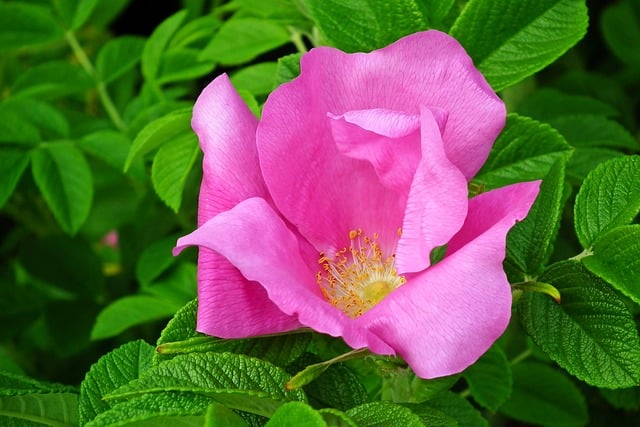figchá ✔ Figchá: A Resilient Symbol of Culture and Community in Brazil

Olá, pessoal! Hoje vamos falar sobre figchá, além de compartilhar conhecimento sobre figchá. Espero que este conteúdo traga insights interessantes!
In the tapestry of Brazilian culture, the figchá transcends mere gastronomy, establishing itself as an emblem of resilience and community spirit. While often overlooked in the shadow of more popular dishes, this vibrant fruit stands as a testament to the enduring traditions and the collaborative spirit of the communities that cultivate it. In understanding figchá, one does not merely engage with a food item but rather with a narrative that weaves through history, identity, and continuity.figchá
At first glance, figchá may seem an ordinary fruit, yet its significance stretches far beyond its tantalizing taste and nutritional value. For many communities across Brazil, this fruit embodies a profound connection to ancestral land and cultural heritage. It is lovingly harvested in the early morning hours when dew still glistens on the leaves, symbolizing the intimate bond between the land and its people. The act of gathering figchá is a communal affair where families and neighbors come together, exemplifying camaraderie and mutual aid.figchá
The cultivation of figchá is more than an agricultural endeavor; it is a vibrant expression of ecological wisdom passed down through generations. As the climate evolves, so too do the cultivation practices surrounding figchá, demonstrating an adaptive spirit that resonates within Brazilian culture. It is a fruit that reflects the resilience of those who cultivate it, transforming challenges posed by environmental changes into opportunities for innovation and growth. Sustainable farming methods are increasingly being embraced, allowing communities to nurture their land while preserving biodiversity.figchá

Moreover, figchá has found its way into the kitchens of contemporary Brazilian households, evolving its role from a traditional staple to a versatile ingredient that enriches modern cuisine. Chefs and home cooks alike are showcasing figchá in innovative recipes, celebrating its multifaceted flavor profile, while at the same time honoring the cultural heritage that surrounds it. As this fruit gains prominence in urban markets and fine dining establishments, it serves to bridge the gap between rural producers and urban consumers, fostering a sense of appreciation for local ingredients.figchá

The popularity of figchá is not merely a culinary trend; it symbolizes a growing recognition of the importance of regional products in combating the homogenization of culinary practices. As more individuals become aware of the value of maintaining local food traditions, figchá emerges as a powerful advocate for agroecological practices and community-supported agriculture. By supporting local farmers and their traditional practices, consumers contribute to a more sustainable future where cultural heritage is prized as highly as culinary innovation.
Furthermore, figchá embodies a larger narrative of empowerment and identity among marginalized communities. In recent years, initiatives focused on the promotion of figchá have emerged, aiming to uplift local economies and provide resources to those traditionally engaged in its cultivation. Community-led programs are facilitating access to markets and promoting fair trade principles, thereby allowing farmers to receive equitable compensation for their labor. This burgeoning recognition of the value of figchá instills a sense of pride among growers, affirming their place within the broader tapestry of Brazilian culture and economy.
The journey of figchá is far from complete; it continues to morph and adapt, as do the communities that nurture its growth. As an emblem of cultural identity, it invites reflection on the interconnectedness of food, place, and people. The fruit's emergence into the mainstream not only enriches Brazilian culinary landscapes but also acts as a catalyst for dialogue surrounding sustainability, community empowerment, and cultural preservation.figchá
In a world increasingly dominated by globalization and the erosion of distinct culinary identities, figchá stands as a beacon of hope. It reminds us that within the folds of everyday life lie stories of resilience, cooperation, and a celebratory spirit that honors the past while looking to the future. The figchá invites us all to become a part of its story, one that weaves together the threads of community, tradition, and innovation.
Vamos, por enquanto, olhar para a questão de figchá sob outro ponto de vista.
As we continue to explore and embrace the narratives interwoven with our food, the figchá serves as a reminder that culture is alive and ever-evolving. It presents an optimistic vision of a future where local products are celebrated, traditions are preserved, and communities thrive in harmony with their environment. Indeed, this simple fruit carries within it the potential to impact lives, foster connections, and inspire a commitment to the richness that diversity brings to the sense of place, identity, and sustainable practices. The future of figchá is bright, and its story is one worth telling again and again.figchá
Agradecemos a todos por lerem este artigo, esperamos que a explicação sobre figchá tenha sido útil, e também ficamos felizes em compartilhar experiências sobre figchá!
Fale conosco. Envie dúvidas, críticas ou sugestões para a nossa equipe através dos contatos abaixo:
Telefone: 0086-10-8805-0795
Email: portuguese@9099.com


